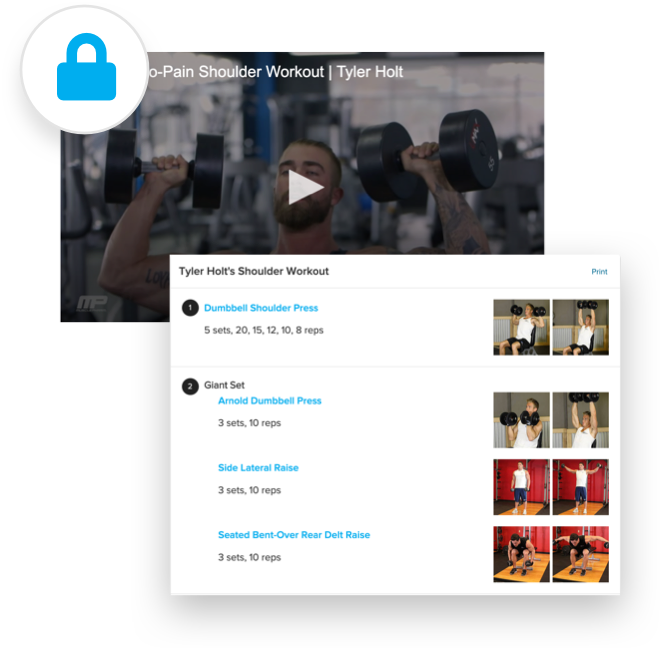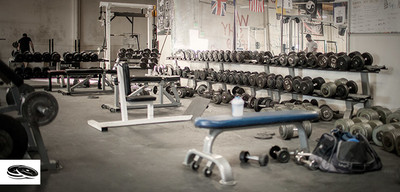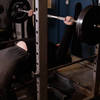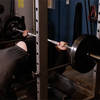The weight room is a tall person's kryptonite. To perform many exercises correctly, lanky lifters must stretch their levers at awkward angles to achieve proper positioning, which increases the risk of injury and the distance a load travels.
It's a frustrating problem for high-rise gym rats who constantly have to adjust basic movements around their biomechanical impediments.
If you're wondering whether you need to adjust your lifts for your height, let's first define "tall" in the context of the weight room.
For our purposes, we aren't talking about folks just above average height. We're talking about men taller than 6'4" and women taller than 5'11." We're talking about strong skyscrapers.
If you're eye to eye with the Jolly Green Giant and have a hard time controlling your long shanks in the gym, settle your worries. I have simple solutions to correct any positional flaws and eliminate long-limb hindrances.
1. Basic Isometric Exercises
Long limbs can wreak havoc on exercise start positions, which can lead to poor overall exercise execution. Isometric exercises, in which you hold a static contraction, present an opportunity to hold better and better positions. They help stretched-out lifters learn how to properly start and finish a lift.
Isometric exercises can help expose lifters to great static ranges of motion over time. If you have difficulty getting into a half-squat position but can easily quarter-squat, start with a quarter-squat position and gradually go lower. You'll be able to improve your squat depth and total range of motion comfortably and progressively.
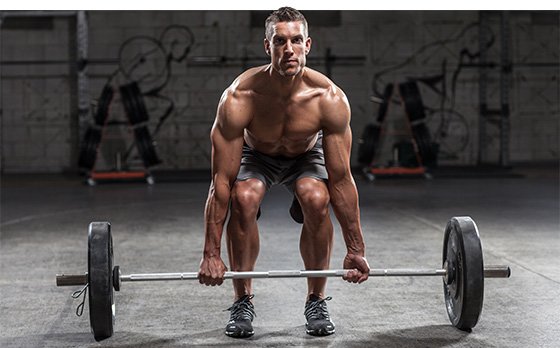
Don't miss the point of isometrics: They aren't a passive sit-and-wave-to-people-passing-by ordeal; they're active, even though they're static. Whichever position is right for you, you must hold it with full-body tension.
Hold isos long enough to achieve solid work, but not so long that your position diminishes and you're left looking like a warped lawn chair. Start by doing 10-15 sets of intense 10-15 second holds, and progress by increasing time per set, decreasing overall sets, and gradually moving into proper position.
2. Concentric-Only Lifts
Folks with heads at the high end of the bean stalk have altered proprioceptive and motor control abilities. It's as if the message takes a bit longer to travel from the brain to their long limbs. As a result, the eccentric—or negative—loading portion of a lift is a crapshoot. Position gets lost, limbs go askew, and lifts become nullified.
Concentric-only lifts, like pin presses and pin squats, give tall lifters an advantage because they build on the isometric-hold foundation. They allow elongated lifters to move out of a proper, stable start position violently and forcefully enough to build strength and size without having to worry about lowering the weight.
"Concentric-only lifts allow elongated lifters to move out of a proper, stable start position violently and forcefully, to build strength and size without lowering the weight."
Successful concentric-only lifts are based on acceleration. Even with a heavy load, all the effort is focused on moving the bar quickly from start to finish. Keep your concentric exercise sets between 3-8 reps. If you go lower, you turn the exercise into a quasi-maximum effort, unproductive movement.
3. Diminished Eccentrics
When you master concentric-only lifts, add movements with diminished eccentrics that incorporate bands to ease the eccentric portion of a barbell lift—most notably the bench press and squat.
During diminished eccentric lifts, bands are attached to the top of a squat rack and around the bar. The bands stretch as the weight is lowered, which limits eccentric stress and aids the start of the concentric phase.
This strategy progresses the lifter from concentric-only to full-range lifts. Isometric exercises teach positioning; concentric-only lifts teach you to generate strength from stable positions; and diminished eccentrics allow for clean movement through a full range of motion.
4. Mid-Rep Ranges
Tall lifters have long levers that alter proprioception and motor control. Too intense of a load in a low rep range can equate to an ugly, grinding, and possibly injurious set. Going too crazy on reps and form diminishes performance faster than it would for lifters with normal-length levers. Quality reps and long training careers are built with middle-of-the-road rep ranges.
Employ the strategies above with sets of 5-8 reps. If you want to build mass, increase the volume by increasing the sets per session on your training cycle. To build strength, focus intently on the starting position with quality reps that build fierce tension.
Tall Tower Program
Here's a sample program that I'd use for a giant-esque hoister. It combines a blend of concentric-only movements and diminished eccentrics.

BodyFit
$6.99/month- 2,500+ expert-created single workouts
- 3,500+ how-to exercise videos
- Detailed workout instruction
- Step-by-step workout tips
- Training at gym or at home
- Access to Workout Plans
- Access to Bodyfit App
- Store Discounts
Already have a Bodybuilding.com account with BodyFit? Sign In

What comes with BodyFit?

- Instructional Videos
Don't risk doing a workout improperly! Avoid injury and keep your form in check with in-depth instructional videos.
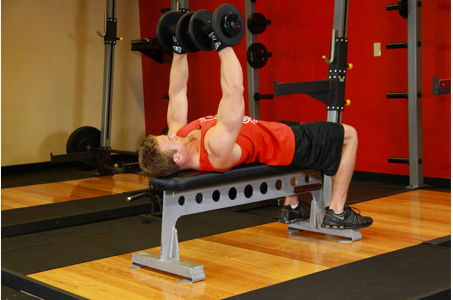
- How-to Images
View our enormous library of workout photos and see exactly how each exercise should be done before you give it a shot.
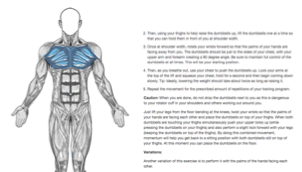
- Step-by-Step Instructions
Quickly read through our step-by-step directions to ensure you're doing each workout correctly the first time, every time.
Height shouldn't hinder weight room triumph. Success requires a few considerations. Learn position with isometrics, build starting strength with concentric-only movements, and train to handle eccentric loading with diminishing eccentrics.
Frame the above techniques with mid-range reps and you will conquer the tall-lifter conundrum.

